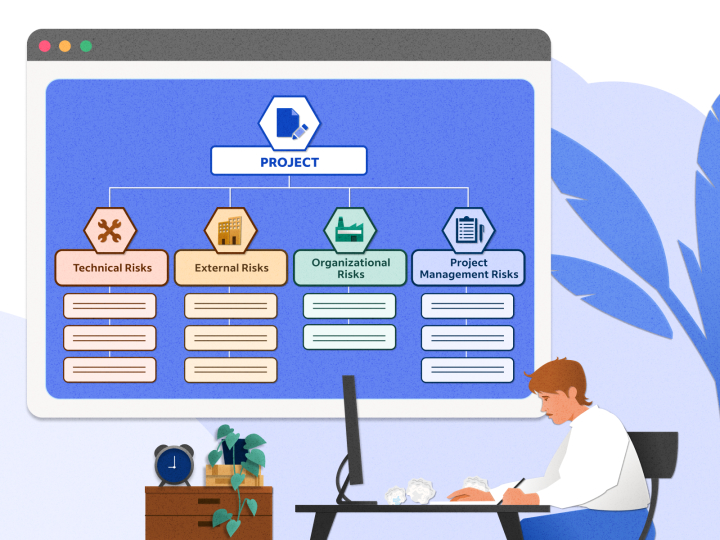When there is a danger of accidents, injuries, or health risks, organizations have to put in safety measures. However, they cannot put in safety measures as their workers are already on the job. These things have to be put in place beforehand, which requires that these organizations first identify that risk. There are also those kinds of risks that are identified in ongoing processes, such as business and market risks.
In this content piece, we will be looking at how organizations identify risk and implement safety measures in their systems and processes.
Risk Management and Identification
Risk management in an organization is the process of identifying, assessing, and controlling risks that face the organization. Risk management typically occurs not just from a health and safety perspective, but from a business perspective as well.
The goal of risk management is to minimize the negative impact of these risks on the organization’s objectives, whether they are for a specific type of work or business. This involves identifying and evaluating the risks, deciding on an appropriate response, and then monitoring and reviewing the risk management plan.
The response may involve reducing the risk, accepting the risk, or transferring the risk to another party, etc. The process of risk management is ongoing and should be integrated into the overall decision-making process of the organization, and requires constant evaluation.
How Does an Organization Identify Risk?
Generally speaking, an organization can identify risks through various methods, including:
- Internal review
This involves reviewing internal data, processes, and policies to identify potential risks.
- External review
This involves examining external factors such as economic conditions, industry trends, and regulatory changes to identify potential risks.
- Brainstorming sessions:
These involve bringing together employees from different departments to discuss potential risks and identify new and emerging risks.
- SWOT analysis:
A Strengths, Weaknesses, Opportunities, and Threats (SWOT) analysis is used to identify potential risks as well as other external factors of a business.
- Historical data analysis:
This involves analyzing past incidents and events to identify patterns and trends that can indicate potential risks.
- Risk assessments:
This involves evaluating specific processes or activities to identify potential risks.
The risk from a health and safety perspective has more of a checklist approach, where each step of the work process is observed and examined for potential risk, and control measures are implemented for each of those risks to either eliminate it or reduce it to a reasonable extent.
Most of the health and safety risks assessments and safety measures have to be conducted before any work begins that could be relatively risky.
What are the Steps of the Risk Identification Process?
The steps of the risk identification process are as follows:
- Determine the scope of the risk identification process and what areas or activities need to be included.
- Gather information from internal and external sources, such as historical data, industry trends, and stakeholders.
- Use the information gathered to identify potential risks, such as those related to operations, finances, technology, or regulations.
- Group the identified risks into categories, such as financial, operational, or regulatory risks.
- Assess the likelihood and impact of each risk, and prioritize the risks based on their level of importance.
- Document the identified risks, including their source, likelihood, impact, and any mitigation strategies.
- Regularly review and update the list of risks to ensure that new risks are identified and that existing risks are still relevant.
It is to note that this process is only for identifying the risk, and not implementing a risk control. Risk control is the safety measure implemented to mitigate the risk or eliminate it.
Safety vs Risk Mitigation – What is the Difference?
The thing about risk is that despite all the measures an organization puts in, there can still be new ways the same problems can arise. That means the employee working a risky job will have to consider this fact in addition to the usual safety procedures.
While risk mitigation and safety are not mutually exclusive, sometimes one has to be a greater focus. It can be necessary where the safety procedures are not enough to eliminate the risk. That means some employees might have to conduct an informal risk assessment and go beyond the existing safety procedures to properly mitigate the risk.
For effectively training your employees in handling these risks, organizations are recommended to hold regular risk assessment training sessions so that employees are familiar with the process as well. These sessions can allow the employees to ensure that the risk is mitigated in addition to following their assigned safety practices.
Conclusion
Risk management is about more than just looking at the dangers and implementing control measures. Oftentimes, there is plenty of informal assessment involved. Here, we have discussed what is risk identification from both a business and safety perspective and why it matters so much for the latter.







